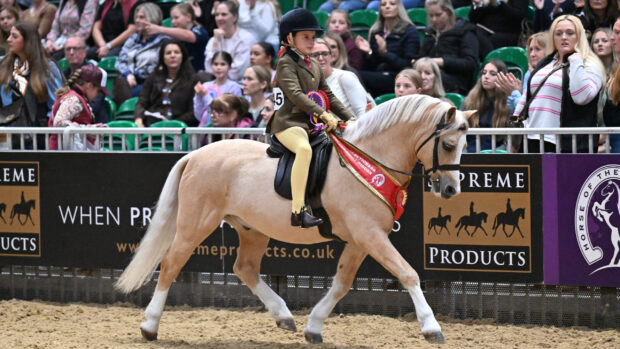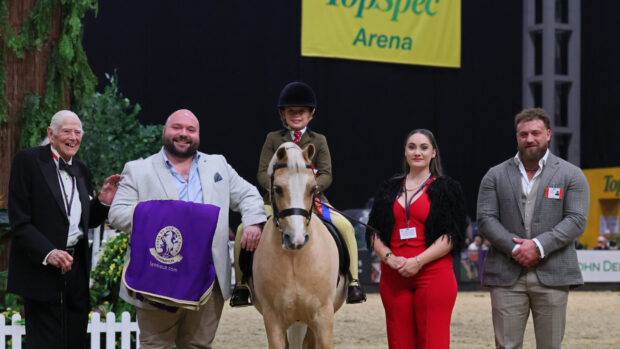Native breeds are the “Swiss army knife of equines” and calls have been made to help promote their versatility.
The Rare Breeds Survival Trust (RBST) held a webinar on 7 September to discuss findings from the first year of its equine conservation project, funded by the Horserace Betting Levy Board. The aim of the three-year project is to “significantly improve” the ability to support breed societies and breeders in the conservation status of native equine breeds.
“It’s about raising the profile of these breeds and their versatility and showing that they are the Swiss army knife of equines, and not everybody needs to have a high-flying competition animal when we’ve got everything that we’ve got in the native breeds,” said Andrea Parry-Jones, RBST conservation adviser.
As part of the work population reports were created using data from studbooks and breed societies, and a public reproduction survey was carried out to understand issues breeders are facing, and create plans to help.
The benefits of the RBST gene bank were discussed including the ability to recreate breeding lines if they become lost, and semen storage. Semen analysis was carried out on 62 historical samples held in the gene bank, to ensure the quality of what is stored is suitable and to help with breeding decisions.
“By using this information we can make decisions on whether semen is fit for purpose in terms of being able to be used in the future, and we can also make decisions when we look at adding new stallions to the gene bank,” said Tom Blunt, RBST senior conservation adviser.
The need to promote the versatility of the breeds was highlighted, with calls to “shout about” native breeds and their different jobs and successes.
“It’s shouting about the breed itself and making sure the knowledge is out there that the animal can do it. We need to promote their current uses rather than what they used to be,” said Ms Parry-Jones. “The most important thing is to celebrate success.”
Year two of the project will focus on what influences breeding decisions, with the aim of producing a “best practice toolkit” for breed societies. Year three will look at the wider role of native equines in society and encouraging their use.
You might also be interested in:

Young breeders on a mission to protect and prevent rare native breed from ‘dying out‘
Warning over Hackneys’ future in latest rare-breeds watchlist

Subscribe to Horse & Hound magazine today – and enjoy unlimited website access all year round
Horse & Hound magazine, out every Thursday, is packed with all the latest news and reports, as well as interviews, specials, nostalgia, vet and training advice. Find how you can enjoy the magazine delivered to your door every week, plus options to upgrade your subscription to access our online service that brings you breaking news and reports as well as other benefits.




